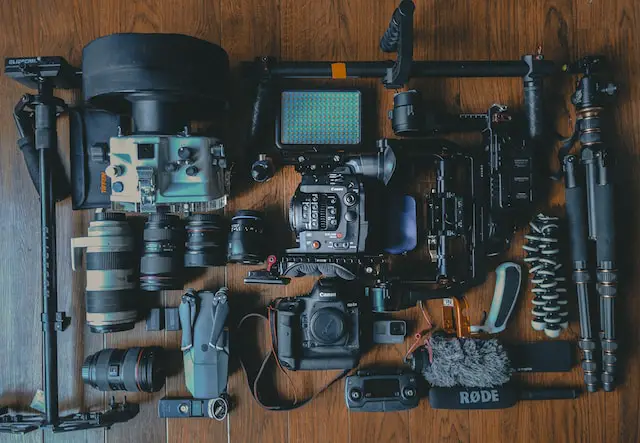Documentary filmmaking is a unique and challenging genre that requires a specific set of skills and equipment. Whether you are a seasoned filmmaker or just starting, having the right tools at your disposal can make all the difference in creating a successful documentary.
In this article, we will explore the essential equipment needed for documentary filmmaking and how each piece can contribute to the overall quality of your film.
A high-quality camera is one of the most essential equipment for any documentary filmmaker. The camera you choose will depend on your budget and the specific needs of your project, but there are a few key features to look for.
A camera with manual controls and interchangeable lenses will give you more creative control over your shots, while a high-resolution sensor will ensure that your footage looks crisp and clear.
Additionally, having a camera with built-in stabilization can help you capture smooth, steady footage even when shooting handheld.
Another crucial piece of equipment for documentary filmmakers is a reliable audio recorder. While some cameras have built-in microphones, these are often insufficient for capturing high-quality sound.
A separate audio recorder will allow you to capture clear, crisp audio that can be synced with your footage in post-production. Look for a recorder with multiple inputs and adjustable levels to ensure that you can capture all the sounds you need, from dialogue to ambient noise.
Table of contents
Camera Equipment

When it comes to documentary filmmaking, having the right camera equipment is essential.
Here are the main categories of camera equipment you’ll need to consider:
Cameras
Choosing the right camera for your documentary is crucial. You’ll want a camera that can capture high-quality footage, is easy to use, and can handle various shooting situations.
Some popular options for documentary filmmakers include:
- DSLR cameras are a popular choice for documentary filmmakers because they offer high-quality video and a range of lenses.
- Mirrorless cameras: Mirrorless cameras are becoming increasingly popular for documentary filmmaking due to their lightweight design and high-quality video capabilities.
- Cinema cameras: These cameras are explicitly designed for filmmaking and offer a range of advanced features such as high frame rates and RAW recording.
Lenses
Choosing the right lens for your documentary is as important as choosing the right camera. The right lens can help you capture the look and feel of your subject in the best possible way.
Some popular options for documentary filmmakers include:
- Wide-angle lenses are great for capturing wide shots and establishing shots.
- Telephoto lenses: Telephoto lenses are ideal for capturing close-up shots and can help you isolate your subject from the background.
- Zoom lenses: Zoom lenses offer a range of focal lengths in one lens, making them a versatile option for documentary filmmakers.
Tripods and Stabilization
Keeping your camera steady is essential for capturing smooth, professional-looking footage. Some popular options for stabilizing your camera include:
- Tripods: Tripods are a must-have for documentary filmmakers and offer a stable base for your camera.
- Gimbals: Gimbals are popular for filmmakers who must move their camera around while keeping it steady.
- Shoulder rigs: Shoulder rigs are an excellent option for handheld shooting and can help reduce camera shake.
Camera Accessories
There are a variety of accessories that can help you get the most out of your camera. Some popular options for documentary filmmakers include:
- External microphones: External microphones can help you capture high-quality audio to accompany your video.
- Filters: Filters can help you control the light entering your camera and achieve a specific look or feel.
- External monitors: External monitors can help you see your footage more clearly and make it easier to focus while shooting.
By investing in the right camera equipment, you’ll be able to capture high-quality footage and tell your story in the best possible way.
Audio Recording Gear
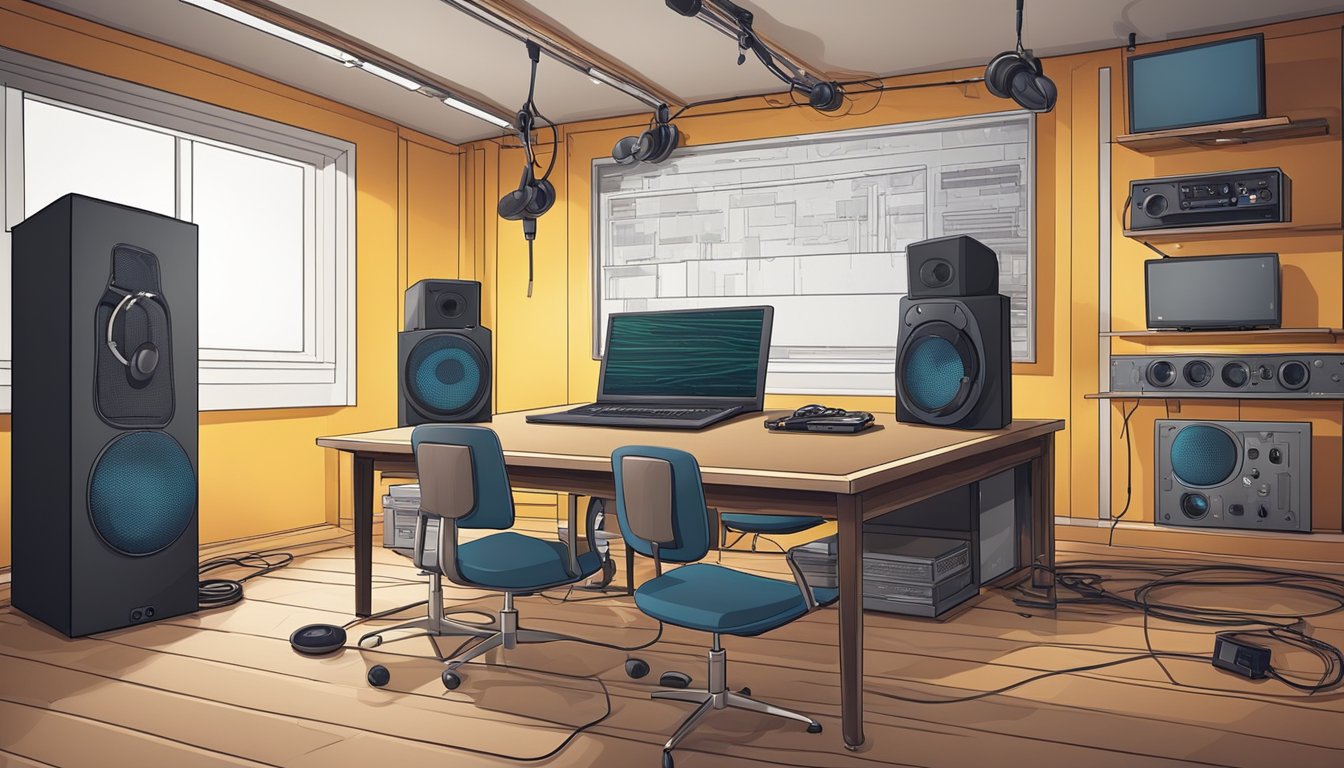
When creating a successful documentary, capturing good-quality audio is just as crucial as capturing good-quality visuals.
Here are some essential audio recording gear to ensure your documentary sounds as good as it looks.
Microphones
A good microphone is essential for capturing clear and crisp audio. There are many different types of microphones available, but some of the most commonly used microphones for documentary filmmaking include:
- Shotgun microphones: These directional microphones capture dialogue and sound effects from a distance, making them ideal for outdoor shoots or interviews.
- Lavalier microphones: These small, clip-on microphones capture dialogue from individual subjects. They are discreet and can be attached to clothing or hidden in hair.
Audio Recorders
In addition to a good microphone, you’ll also need a reliable audio recorder to capture and store your audio. Some popular audio recorders for documentary filmmaking include:
- Zoom H4n Pro: This portable recorder is popular for documentary filmmakers due to its high-quality preamps and built-in microphones.
- Tascam DR-60DmkII: This recorder is designed for DSLR cameras and offers four XLR inputs for external microphones.
Boom Poles and Accessories
A boom pole is an essential accessory for capturing audio on set. It allows you to position your microphone close to your subject without it being visible on camera. Some popular boom poles and accessories include:
- K-Tek KE-110CCR Avalon Series Aluminum Boompole: This lightweight and durable boom pole extends up to 9 feet and features internal coiled cable for a clean look.
- Rycote Softie Windshield Kit: This windshield kit is designed to reduce wind noise when recording outdoors. It fits most shotgun microphones and is easy to attach and remove.
Headphones
Finally, you’ll need a good pair of headphones to monitor your audio while on set. This will allow you to make sure that you’re capturing clear and crisp audio.
Some popular headphones for documentary filmmaking include:
- Sony MDR-7506 Professional Headphones: These headphones are popular among documentary filmmakers due to their high-quality sound and comfortable design.
- Sennheiser HD 280 Pro Headphones: These headphones are known for their excellent noise isolation and comfortable fit, making them ideal for use on set.
Lighting and Grip Equipment
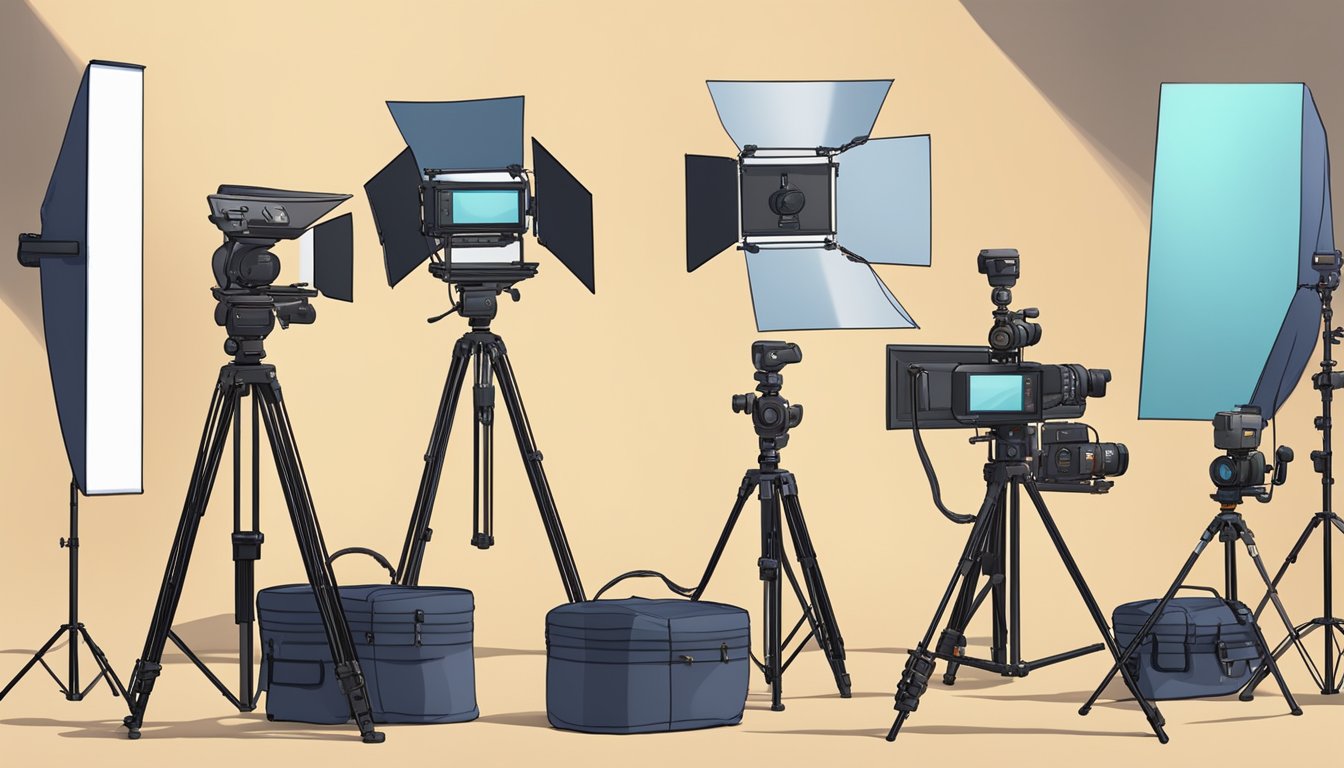
In documentary filmmaking, lighting and grip equipment are essential to ensure your footage is well-lit and stable.
Here are some of the critical pieces of equipment you’ll need:
Lights
Lights are the cornerstone of any good documentary lighting setup. You’ll want to have a variety of lights at your disposal, including:
- LED panels are versatile and portable, making them great for documentary work. Look for panels with adjustable color temperature and brightness settings.
- Tungsten lights: These are great for creating warm, natural-looking light. However, they can get hot and are less energy-efficient than LED lights.
- HMI lights: These are powerful lights that are great for outdoor shoots or large indoor spaces. They are more expensive than other lights but can be worth the investment.
Light Stands
You’ll need something to hold your lights in place; light stands are the most versatile option. Look for sturdy and adjustable stands to position your lights exactly where you need them.
Some things to keep in mind when choosing light stands include:
- Height: Make sure the stands reach the height you need to light your subject effectively.
- Weight capacity: Check the weight capacity of the stands to ensure they can support your lights.
- Portability: Consider how easy the stands are to transport, especially if you’ll be doing a lot of location shoots.
Grip Hardware
Grip hardware refers to the clamps, mounts, and other tools you’ll need to attach your lights and other equipment to your light stands and surfaces. Some common types of grip hardware include:
- C-stands are heavy-duty stands with adjustable arms that can hold lights and other equipment.
- Clamps help attach lights to various surfaces, such as poles or tables.
- Mounting plates: These can be attached to the bottom of your lights to make them easier to mount on stands or other surfaces.
Diffusers and Reflectors
Diffusers and reflectors are essential for shaping the light in your scene. Diffusers soften harsh light, while reflectors bounce light back onto your subject to fill in shadows. Some common types of diffusers and reflectors include:
- Softboxes: These fabric boxes attach to your lights to create a soft, diffused light.
- Umbrellas: These are similar to softboxes but easier to set up and take down.
- Reflectors: These come in various shapes and sizes and can bounce light onto your subject.
Overall, having a good selection of lighting and grip equipment is crucial for documentary filmmaking. With the right tools, you can create compelling footage that tells your story in the best possible light.
Post-Production Tools
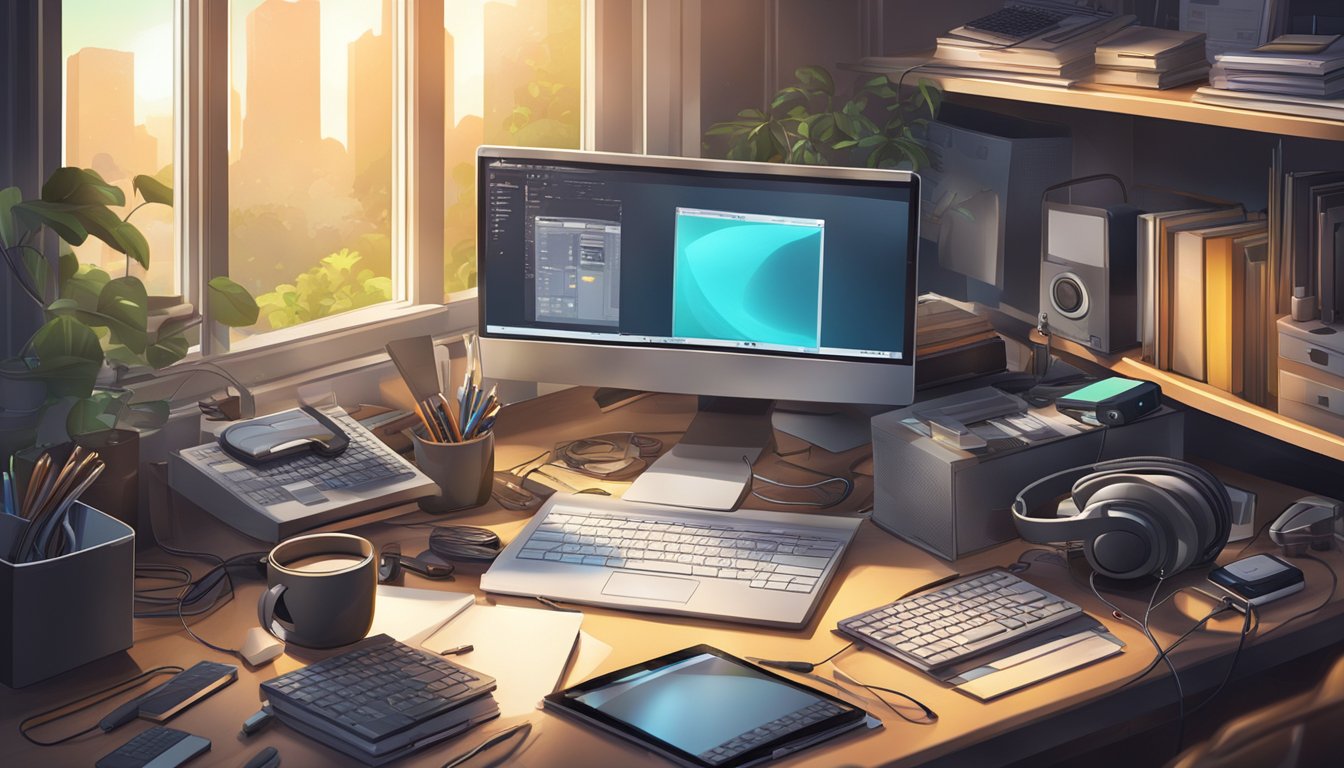
Editing Software
In documentary filmmaking, editing software is an essential tool to have in your arsenal. It lets you piece footage together, add music and sound effects, and create a polished final product.
Many editing software options are available, but some of the most popular ones include Adobe Premiere Pro, Davinci Resolve, Final Cut Pro X, and Avid Media Composer.
Each of these programs offers a range of features and capabilities, so choosing one that suits your needs and budget is essential.
Computer Hardware
In addition to editing software, you’ll also need a computer with enough power to handle the demands of post-production work.
This means having a fast processor, plenty of RAM, and a high-quality graphics card. If you’re working with 4K or higher resolution footage, you’ll need an even more powerful computer to avoid lag and slow performance.
Some popular computer options for video editing include the Apple iMac Pro, Dell Precision 5720, and HP Z840.
Storage and Backup Solutions
Finally, it’s essential to have a reliable storage and backup system to protect your footage and work. This means having multiple hard drives or solid-state drives (SSDs) to store your footage and project files and a backup system to ensure that you don’t lose your work in case of a hardware failure.
Some popular storage and backup solutions for video editing include the G-Technology G-RAID with Thunderbolt 3, LaCie Rugged RAID Pro, and Western Digital My Passport Wireless SSD.
Overall, having the right post-production tools is essential for creating a high-quality documentary film.
Even if you’re working with editing software, computer hardware, or storage and backup solutions, choose tools that meet your needs and budget while providing the performance and reliability you need to do the job.
Power Solutions
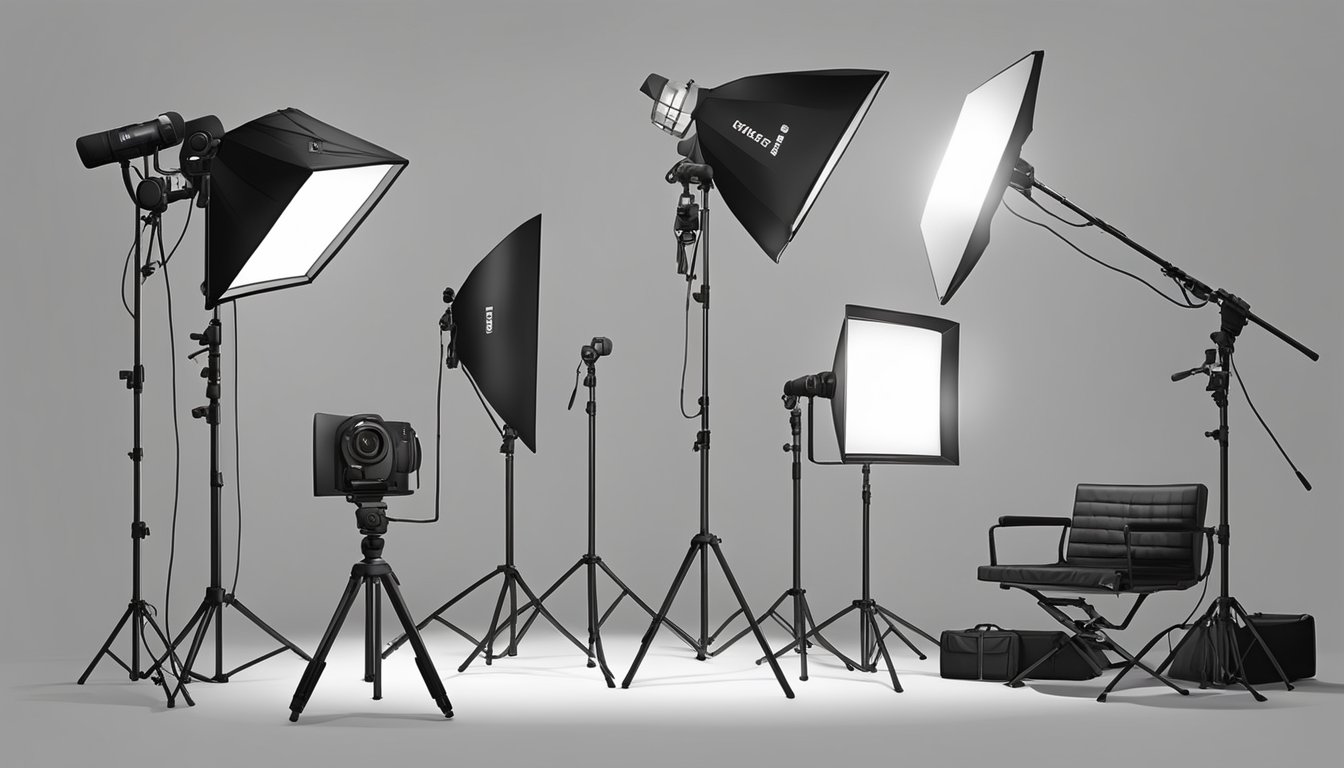
When filming a documentary, it is essential to have reliable power solutions to keep your equipment running throughout the day.
Here are some power solutions you should consider:
Batteries
Having extra batteries is a must for documentary filmmaking. You never know when you might need to film for an extended period without access to a power source.
Having at least three to four extra batteries for your camera is recommended—research which batteries are compatible with your camera and invest in high-quality ones to ensure a longer lifespan.
Chargers
Having a reliable charger is just as crucial as having extra batteries. It is recommended to have a charger that can charge multiple batteries at once. This will save you time and ensure your batteries are fully charged and ready to use. Consider investing in a car or a portable charger for on-the-go filming.
Power Adapters
If you are filming in a location with a power source, having a power adapter can be a lifesaver. It is recommended to have a power adapter compatible with your camera to handle the voltage of your filming location.
Additionally, having a surge protector can help protect your equipment from power surges and prevent damage.
In conclusion, having reliable power solutions is crucial for documentary filmmaking. Invest in high-quality batteries, chargers, and power adapters to ensure your equipment stays powered throughout the day.
Transportation and Storage
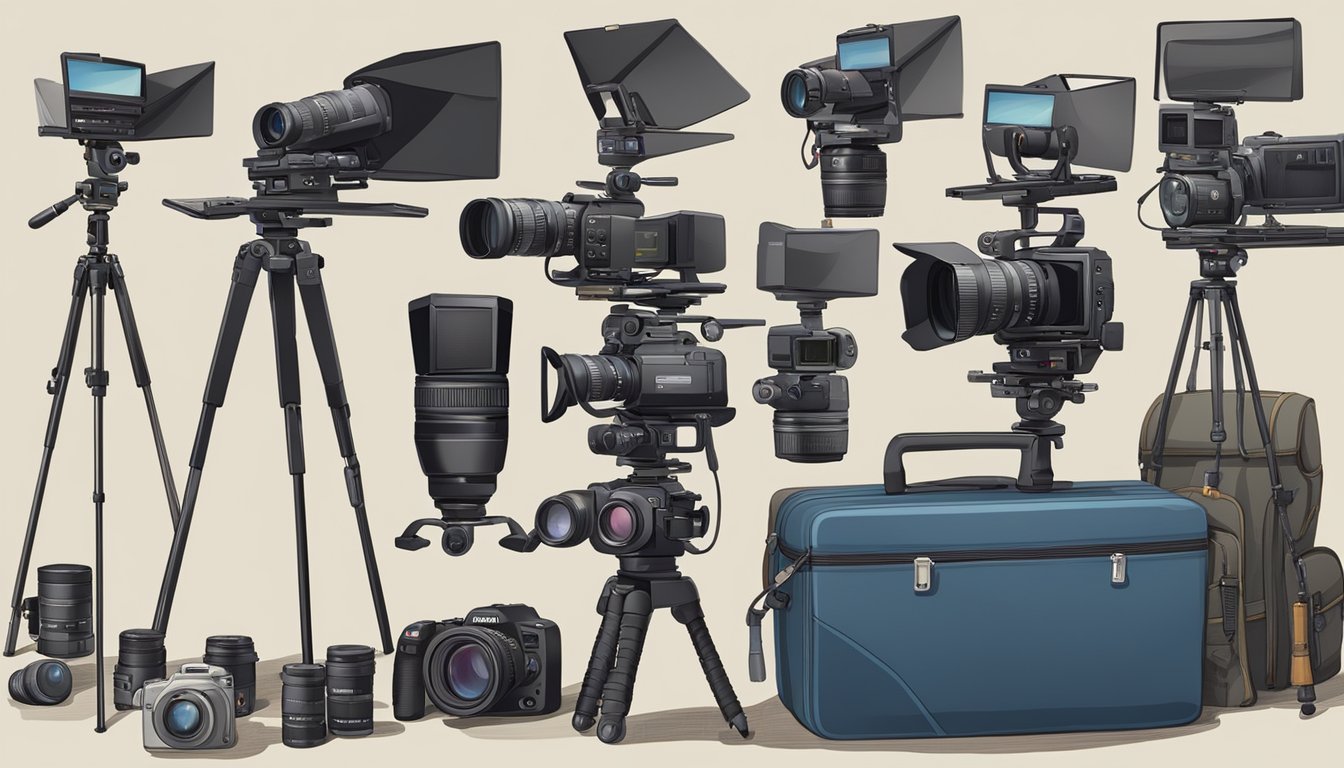
When filming a documentary, it is essential to have proper transportation and storage equipment to ensure the safety of your gear and make it easy to move around. Here are some options to consider:
Camera Bags
A good camera bag is a must-have for any documentary filmmaker. Look for a durable, weather-resistant suitcase with plenty of compartments to store your camera, lenses, and accessories.
A backpack-style camera bag is an excellent option as it allows you to carry your gear on your back, leaving your hands free to have other equipment.
Hard Cases
Complex cases are an excellent option for added protection during transport. Look for a case that is waterproof, dustproof, and crushproof.
Pelican cases are popular among filmmakers as they are highly durable and come in various sizes to fit your gear.
Carts and Harnesses
If you need to transport a lot of gear, a cart or harness can make the process much easier. A coach with large wheels can easily navigate rough terrain, while a harness allows you to carry heavy equipment on your body, distributing the weight evenly.
Investing in proper transportation and storage equipment is crucial for any documentary filmmaker. It protects your gear and makes it easier to move around, allowing you to focus on capturing the perfect shot.
Additional Accessories
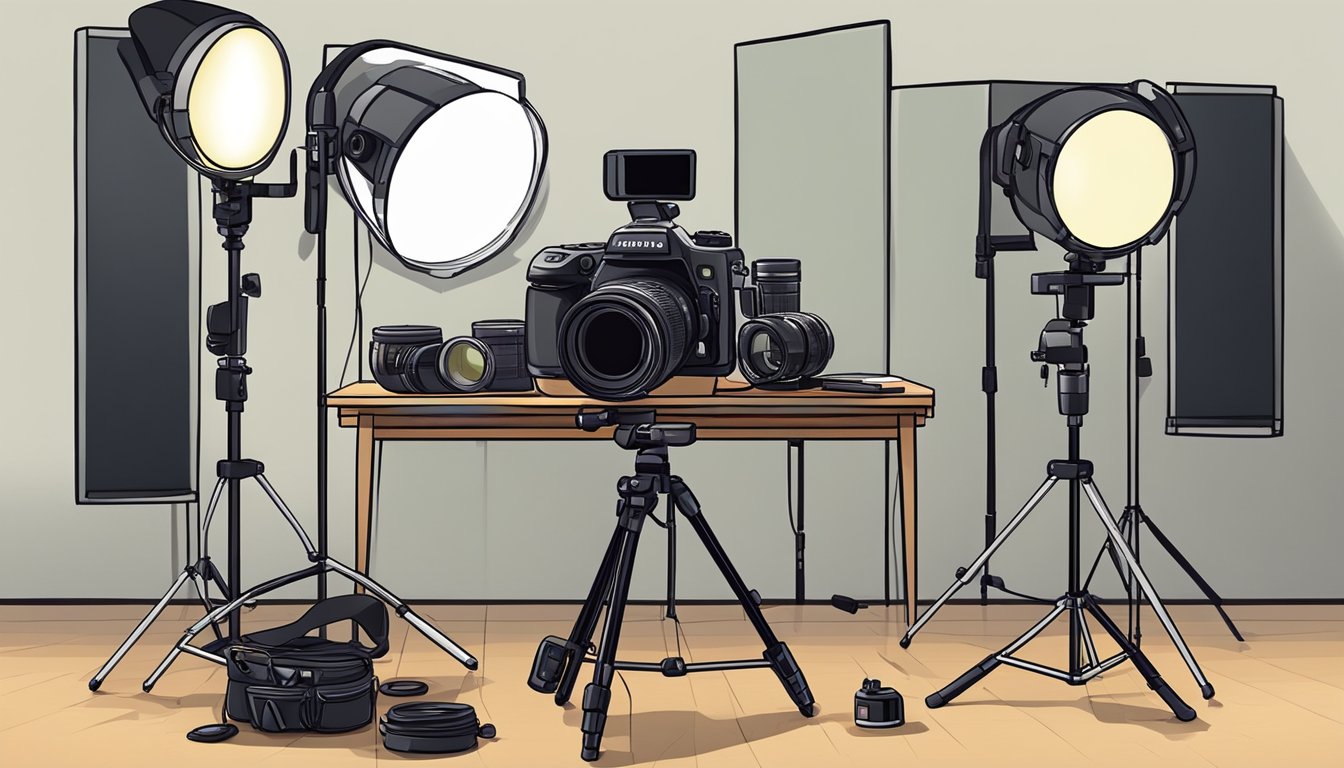
When it comes to documentary filmmaking, having the right equipment is crucial. In addition to the essential gear, a few additional accessories can make your life easier and improve the quality of your footage.
Memory Cards
Memory cards are essential for storing your footage. It’s important to have enough memory to last throughout your shoot and backups in case something happens to your primary card.
Look for high-capacity cards with fast write speeds to ensure you can capture high-quality footage without lag.
Filters
Filters are a great way to control the look of your footage. Neutral density filters can help you achieve a shallow depth of field in bright sunlight while polarizing filters can reduce glare and improve color saturation.
It’s also a good idea to have a UV filter to protect your lens from scratches and dust.
Cables and Connectors
Having the right cables and connectors can save you a lot of headaches on set. Ensure you have the appropriate lines to connect your camera to your computer or external recorder and any other accessories you may be using.
It’s also a good idea to have extra batteries and chargers to ensure you never run out of power.
Overall, these additional accessories can be an excellent investment for documentary filmmakers. Having the right memory cards, filters, and cables can improve the quality of your footage and make your life easier on set.
Frequently Asked Questions
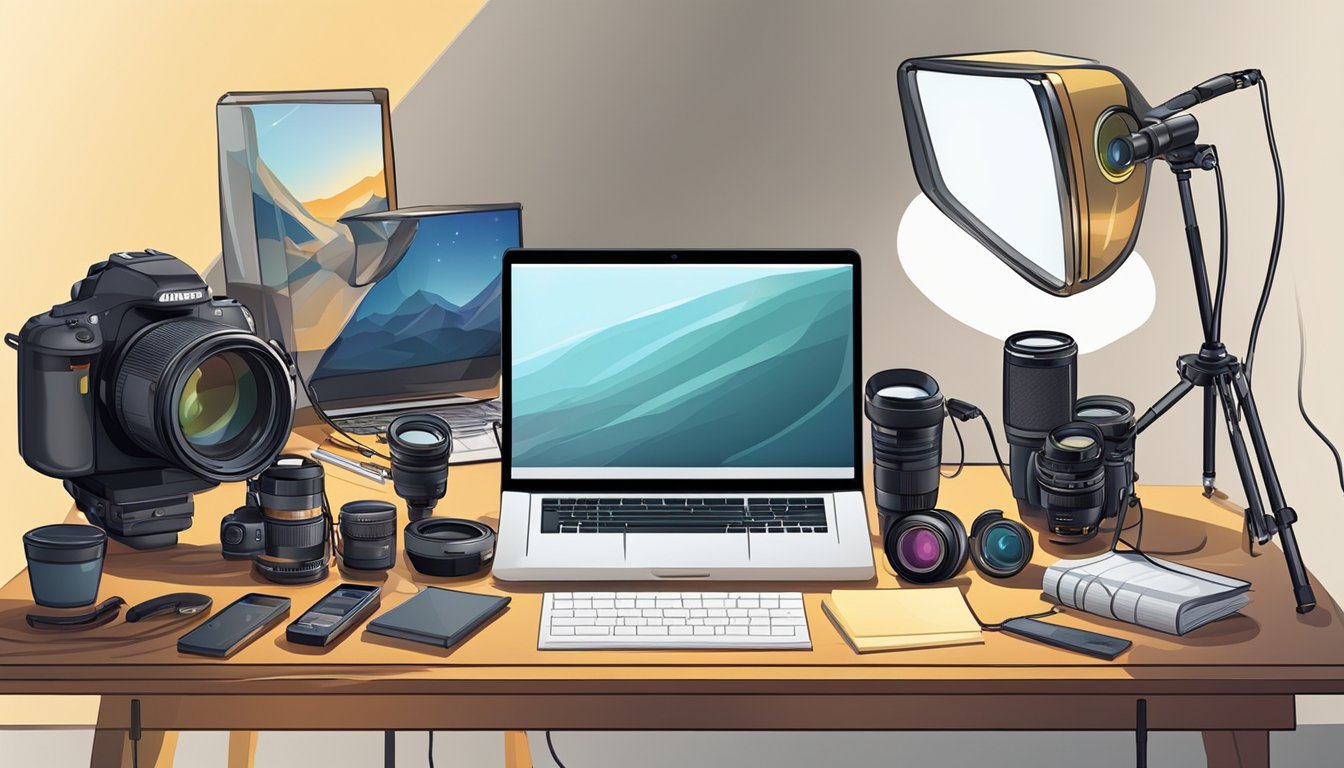
A primary camera that can shoot in high definition is sufficient for a beginner in documentary filmmaking. A DSLR camera or mirrorless camera with interchangeable lenses is recommended. Having a decent external microphone to capture high-quality audio is also important. A shotgun microphone or a Lavalier microphone are good options.
To create a professional-looking documentary, it is essential to have a tripod or a stabilizer to keep the camera steady. A slider or a jib can also help make smooth camera movements. Additionally, a set of neutral density filters can help control exposure and depth of field.
An independent documentary filmmaker should have a camera, lenses, external microphone, tripod, and neutral density filters. Other valuable items include a stabilizer, slider, jib, and a portable audio recorder.
To compile a comprehensive video production equipment checklist, start by identifying the specific needs of your project. Consider the location, lighting, and sound requirements. Research the equipment options that meet those needs and create a list of necessary items. Don’t forget to consider backup equipment and accessories such as batteries, memory cards, and cables.
To produce short films, a filmmaker needs a camera, lenses, an external microphone, a tripod, and neutral density filters. Other valuable items include a stabilizer, slider, and portable audio recorder.
A dolly or a slider can help create smooth camera movements in a documentary. Rigging gear such as clamps, mounts, and gimbals can also help stabilize the camera and achieve unique shots. It is important to choose gear that is appropriate for the project’s specific needs.
